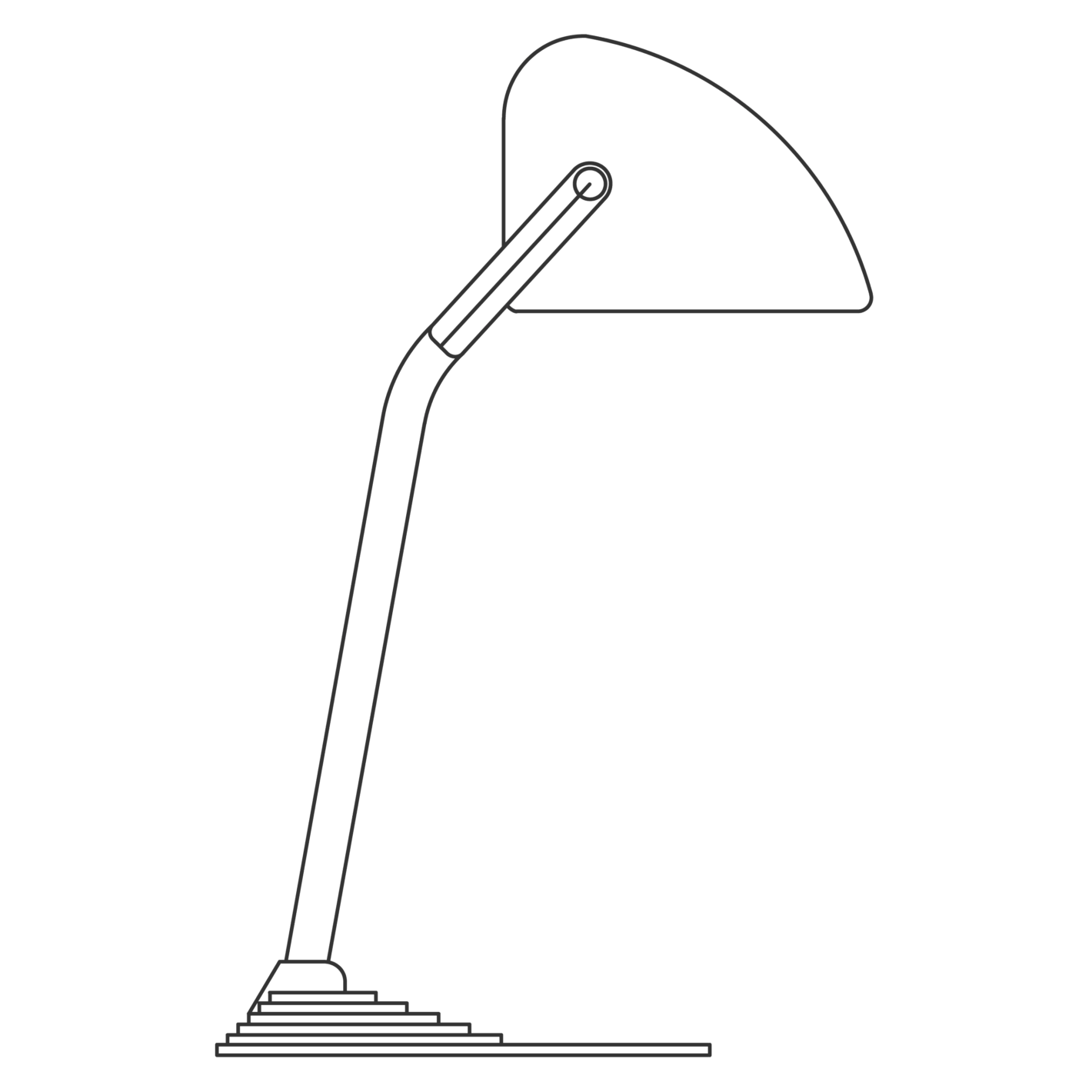Erpé model 52 designed in the 1920s-1930s
Solam BE
metal, plastic
donated by the City of Ghent
This desk lamp is sometimes extolled on second-hand websites as ‘in the Bauhaus style’. Walter Gropius, the director and driving force of the Bauhaus, abhorred the idea of a ‘Bauhaus style’. His mission was not to impose a style, but to connect art and technology. The collaboration of the school’s metal workshop with some German lighting manufacturers showed that such a new design culture had a chance to succeed. Under the leadership of artist Marianne Brandt, the Bauhaus designed in the 1920s a series of lamps that were conceived as rational (limited number of easy-to-produce parts), functional (adaptable so as to be comfortable) and simple (with elegant, abstract forms). The market for lamps with such a modern, industrial design – over which Bauhaus did not have the monopoly, for that matter – would grow considerably from 1930. There are several variants of this model of the Belgian brand Erpé under the names Niam (France), Horax (Frankfurt) and, whether a coincidence or not, Erpees (Schwenningen-am-Neckar).
